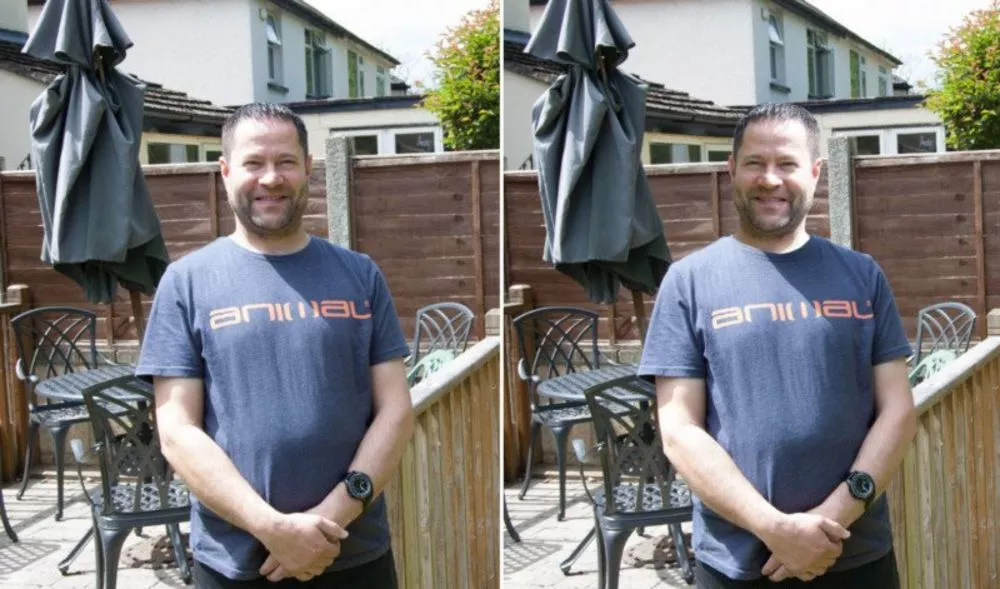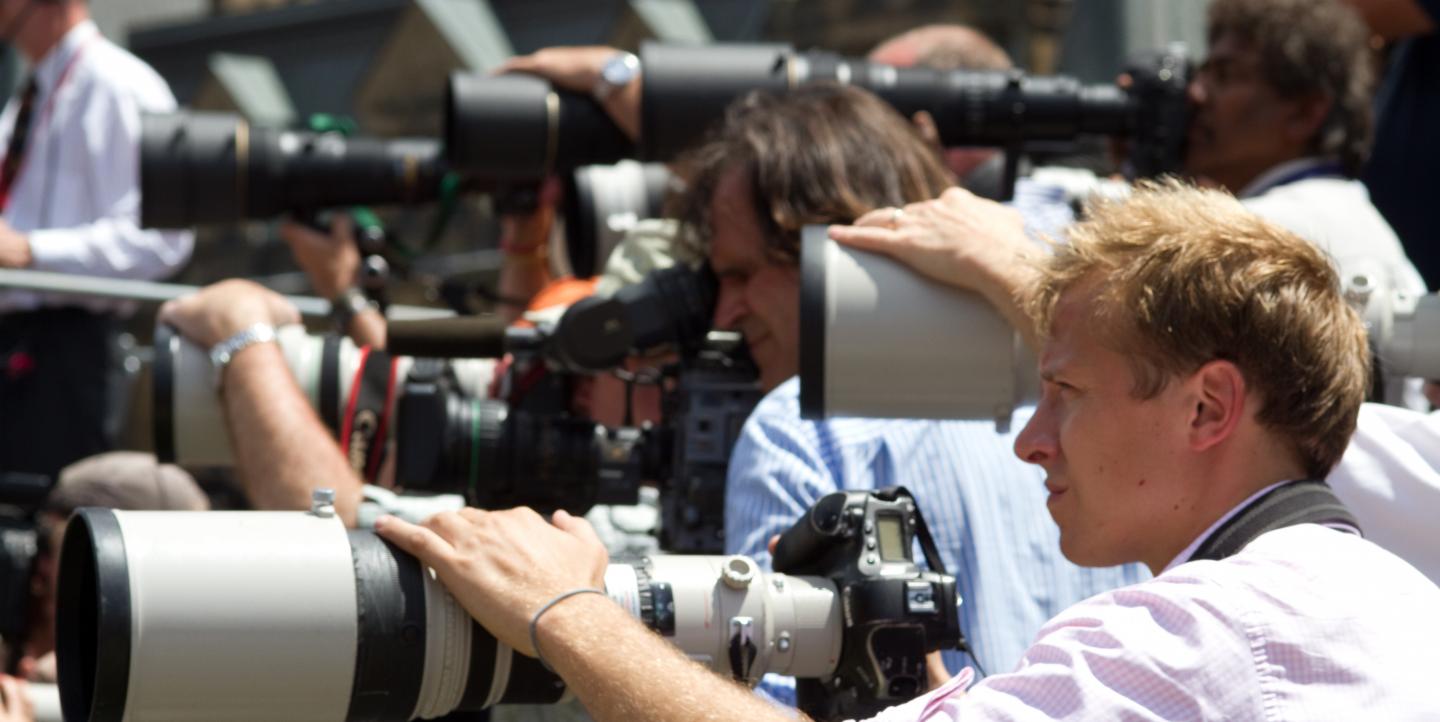Photographs are more than just an aesthetic element. They help us tell better stories.
Photos can provide information, such as documentation of newsworthy events to proof of scientific discoveries to evidence of the horrific effects of war, natural disaster and the like.
Stories with photos more quickly catch audiences’ attention. Photos are processed quickly, and they can increase social media engagement. And because photographs are a visual information source, audiences do not face a language barrier with international news imagery, as is the case with written or spoken news.
Perhaps most important, photographs can generate strong emotional reactions in audiences, and photographs can be remembered and recognized in such a way as to serve as collective iconic markers of historically significant events.
But photographs can also mislead, misrepresent and lie. While some such images have been digitally-altered, we are also seeing examples in which non-manipulated photos are given a politicized narrative to support a particular point of view.
A proliferation of digitally manipulated photographs coupled with political propaganda has helped to usher in the post-truth age. And regarding fabricated “news,” evidence shows that photographs themselves help to fuel the virality of false narratives.

In the above image, the man's face has been flipped, disrupting the shadows' natural directon. Could you tell the difference? [Via Cognitive Research: Principles and Implications]
Yes, photojournalistic images — like all news reporting — are a construction of reality. But mainstream visual journalists work diligently to ensure that their photos are accurate representations. While there have been some grievous ethical lapses by the news media in regard to image manipulation, these are few and far between. In addition, journalism codes of ethics are clear that photographs should not “distort facts” or be edited in such a way as to “mislead viewers or misrepresent subjects.”
With photographs, as with all information, audiences should be skeptical and critically evaluate the credibility of content. However, public questioning is “often absent, or underdeveloped.” In addition, recent research suggests that audiences generally can’t identify manipulated photos. This is especially concerning as computer algorithms are taking on the task of digital alteration, while photo editing software is simultaneously becoming more sophisticated.
So, yes, it is becoming more challenging to detect digital manipulation. But there are steps that both journalists and audiences can — and should — take.
First, visual journalists and news outlets must be vigilant in ensuring photo authenticity, while being more transparent about the capture and treatment of an image. As an example, digital news allows for the space to publish both the final and “raw” file of an image — raw files would allow audiences to see exactly what content had been altered, as well as the image capture information provided with a raw file (such as shutter speed and aperture.) Such transparency could help to restore public trust in the news media.
Second, audiences must learn to critically evaluate content — especially photographs. While there are many aspects to consider, these basics can help audiences determine both digital manipulation and non-digital misrepresentation.
Study photo aesthetics, looking at such details as lighting, angle and crop. Consider the accompanying photo narrative — the social media post, the caption or the article — comparing the written word with the photographic documentation. Reflect on the source, learning to separate mainstream news from partisan sources, as well as advertising, public relations, parody and propaganda. Review how other news outlets are reporting the same story, while also visiting nonpartisan fact-checking sites. Finally, acknowledge personal biases about a topic and news outlet.
Continued journalistic integrity and transparent reporting coupled with informed news consumers can ensure that photographs function as truthful storytellers.
Nicole Smith Dahmen is an assistant professor of visual communication at the University of Oregon.
Main image CC-licensed by Flickr via Brian Gratwicke

